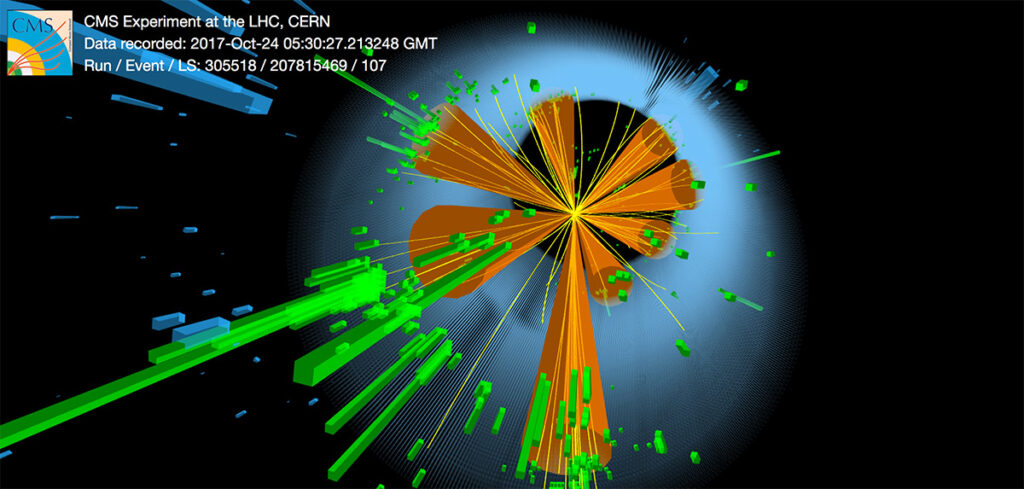Exploring the laws of nature

At CERN, physicists working in the field of elementary particle physics are investigating the fundamental nature of matter. Among the great unsolved questions are the origin of dark matter and the difference between matter and antimatter.

What are the fundamental laws of matter and the universe? What are the basic building blocks and what fundamental forces are at work? Physicists working in elementary particle physics study the very essence of nature in order to understand and describe the structures of space, time and matter. In doing so they rely on highly sophisticated methods, most of which they have to develop themselves because they either do not exist or are not available with the necessary precision. These can be new detectors, measuring instruments, materials, but also mathematical and statistical methods, or new software algorithms.
CERN is the world’s most important and largest international research facility for particle physics (information in English at http://home.cern). Researchers from the University of Zurich and ETH are prominently involved in the experiments CMS and LHCb at the “Large Hadron Collider (LHC)”, the world’s largest particle accelerator. We will present current research activities at the LHC.
We will further present how researchers try to find signs of the unknown dark matter i in the Gran Sasso Tunnel near Rome. Based on measurements, we suspect that the universe consists of almost 27 percent dark matter. It’s nature however is still unknown.
At our booth, you may follow the path from the scientific question on the origin of dark matter or the difference between matter and antimatter, to the experimental methods and analyses, to the physical conclusions that researchers derive. With the help of exhibits, computer animations and posters, we explain the physical questions, the measurement methods and the results, but also how we work together in large international collaborations.

